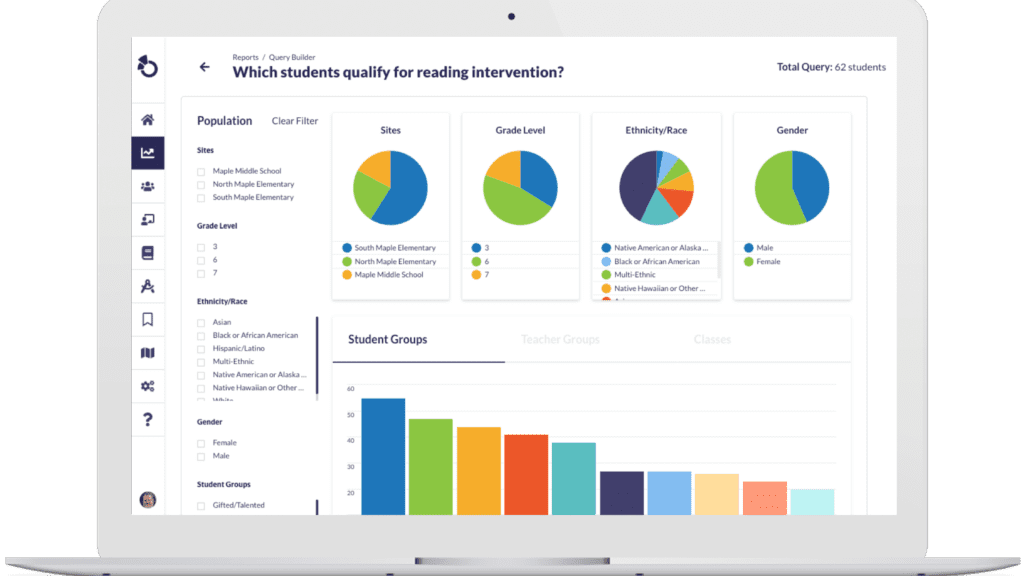Social-Emotional Learning: How to Check in With Your Students
By: Otus
Social and emotional learning (SEL) is an important part of education. "Social and emotional learning is the process through which children and adults acquire and effectively apply the knowledge, attitudes, and skills necessary to understand and manage emotions, set and achieve positive goals, feel and show empathy for others, establish and maintain positive relationships, and make responsible decisions" (CASEL).

Picture this: it’s lunchtime in fourth grade, and recess is about to start. Everyone rushes to be first in line, ready to run to the playground. The bell rings, and you beeline right to four-square. Others run to play kickball, hopscotch, or see who can finish an obstacle course the fastest.
These memories come flooding back when I reflect on my experiences in school as a kid. Because of this, I’m devastated thinking about what school may look like this fall. Face masks will hide friendly smiles, and social distancing guidelines will limit the social and emotional learning our kids need.
SEL is equally, if not more, important than academic learning. We must check-in with students throughout the school year, especially during blended or remote learning. Technology affords us the opportunity to do so quickly and efficiently. Educators can also gather and track data about how students are doing outside of the classroom.
Whether in the classroom or at home, implementing SEL while transitioning back to school can be done with these helpful steps:
This might look intimidating, but adding social and emotional learning into your lesson plans does not need to be complicated. Find what works for your students, and always be sure to ask for their feedback. Head here for more info on how to implement SEL this fall.
An effective way to check in with students throughout the school year is to use the Simple Assessment in Otus. Once the assessment is complete, admins can quickly query this data (also in Otus) to get a snapshot of the social and emotional well-being of your entire school community.
Related Resources
Request a demo!
See exactly how Otus can help your school accelerate student growth and improve student outcomes – all while saving educators time.






